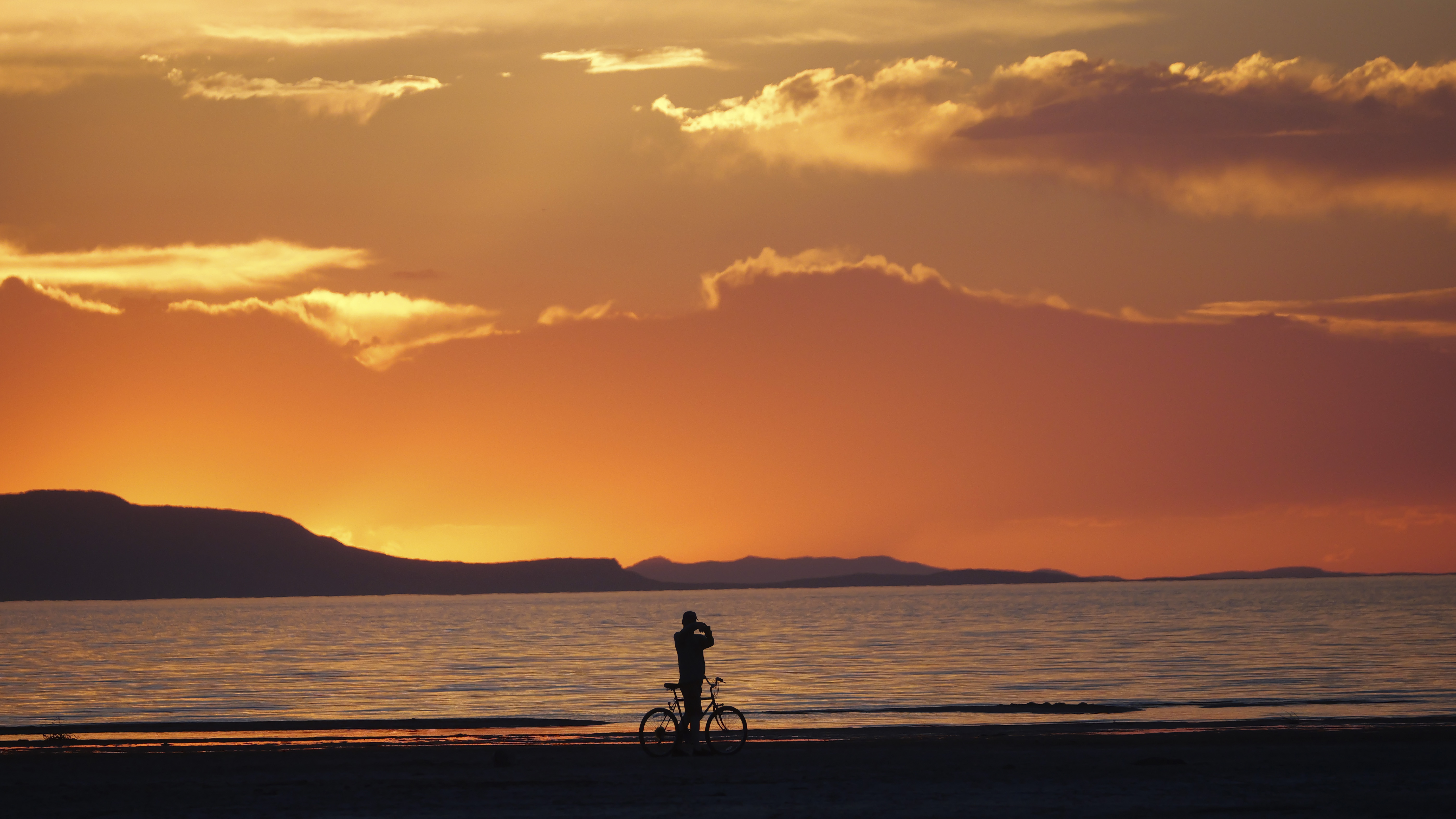
Following days of severe flooding in Florida, the state and numerous others are preparing for a significant heatwave, while the Pacific Northwest will encounter unusually chilly temperatures and the possibility of late-season snow in the Rocky Mountains early next week.
The unpredictable weather patterns include the potential for severe thunderstorms developing between the hot and cold fronts. Forecasters have indicated that the converging fronts could result in localized flash flooding between eastern Nebraska and northern Wisconsin on Saturday night, as well as strong storms across parts of eastern Montana into North and South Dakota.
Simultaneously, a surge of tropical moisture is expected to reach the central Gulf Coast over the next couple of days, with heavy rainfall anticipated to commence on Monday morning, according to the National Weather Service.
Forecasters have reported that the threat of heavy rains in Florida is gradually subsiding, but some thunderstorms might cause localized flooding considering the already saturated soil. Several areas between Miami and Fort Lauderdale were submerged in recent days as persistent storms dumped up to 20 inches (50 centimeters) in the southern regions of the state.
The damaging unnamed storm system coincided with the early June onset of hurricane season, which this year is projected to be among the most active in recent memory, fueled by concerns that climate change is escalating storm intensity.
As floodwaters recede in Florida, temperatures have been rising on Saturday across a significant portion of the southern U.S.
In Atlanta, where temperatures are predicted to reach near 100 degrees Fahrenheit (38 degrees Celsius) on Saturday and Sunday, city officials have opened a cooling center to provide relief from the heat. The city has announced that a “Family and Friends Field Day” has been postponed due to the forecasted high temperatures.
And in the western Texas city of El Paso, Saturday highs are expected to approach 105 F (40.6 C) and the National Weather Service has issued a heat advisory through Monday morning for the region. The city has opened five cooling centers that will operate daily until further notice.
The National Weather Service has stated that temperatures in Phoenix, where an excessive heat warning is in effect, are forecast to reach 113 F (45 C) on Saturday afternoon. This would fall short of the record set for June 15, when in 2021 the high reached 115 F (46 C).
Although Arizona is entering its three-month monsoon season — a period when a shift in wind patterns draws moisture from the tropical coast of Mexico — no rain is forecast for Saturday and most of next week.
“No chances of rain across the state,” said National Weather Service meteorologist Ted Whittock, although he noted there’s a 30% chance of showers in southeastern Arizona on Friday, June 21.
Temperatures in the Mid-Atlantic and New England are likely to peak in the mid to upper 90s next week, which is “nothing to sneeze at even in the middle of the summer, let alone this early in the summer,” said National Weather Service meteorologist William Churchill.
“That’s what’s particularly remarkable about this,” he said, noting that high humidity will also make it feel even hotter in many places.
Last year, the U.S. experienced the highest number of heat waves — abnormally hot weather lasting more than two days — since 1936. In the South and Southwest, last year was the worst on record, according to the National Oceanic and Atmospheric Administration.
Next week’s heat wave is expected to intensify on Sunday in the center of the country before spreading eastward, the National Weather Service said, with some areas potentially seeing extreme heat and reaching daily records. The heat wave could persist throughout the week and into the weekend in many locations.
While most of the country experiences the season’s first stretch of hot weather, parts of Montana have been placed under winter storm watches with a potential for wet snow falling Monday night.
Churchill explained that the northwestern cold front is linked to the heat wave because one extreme is often accompanied by the other.